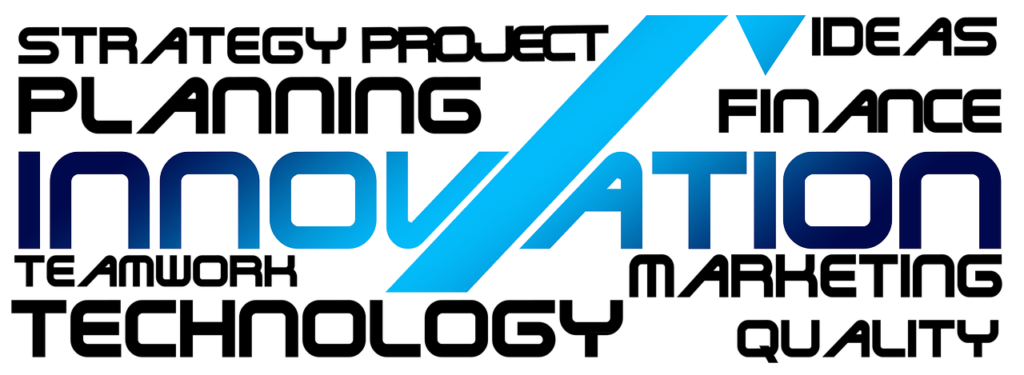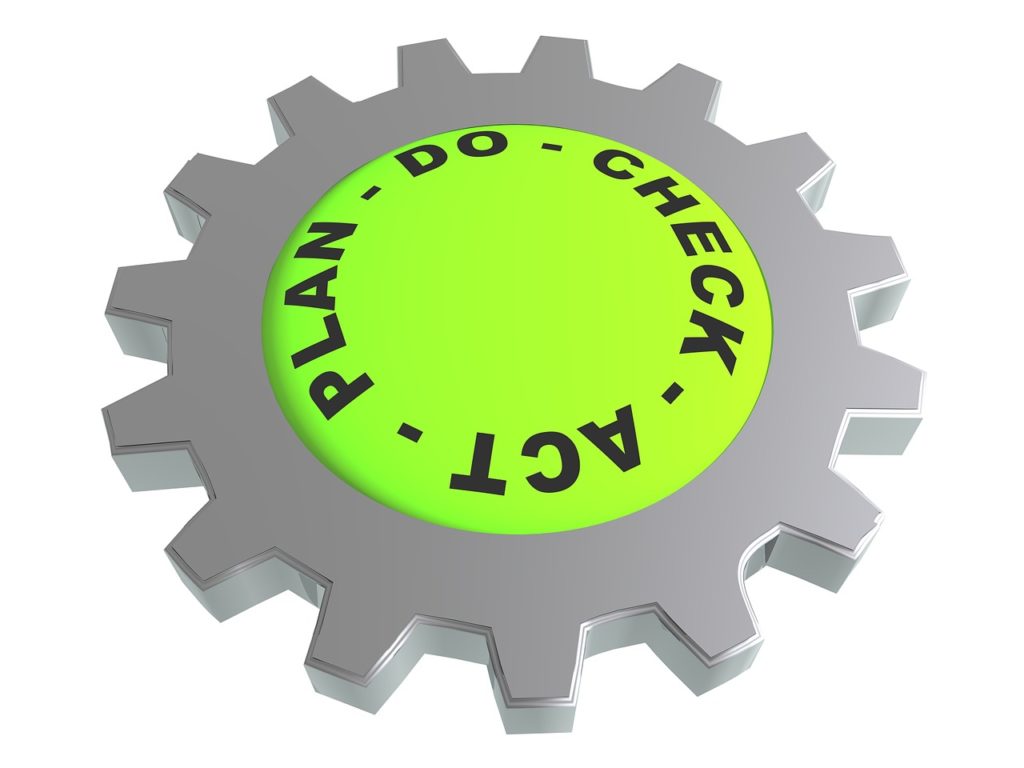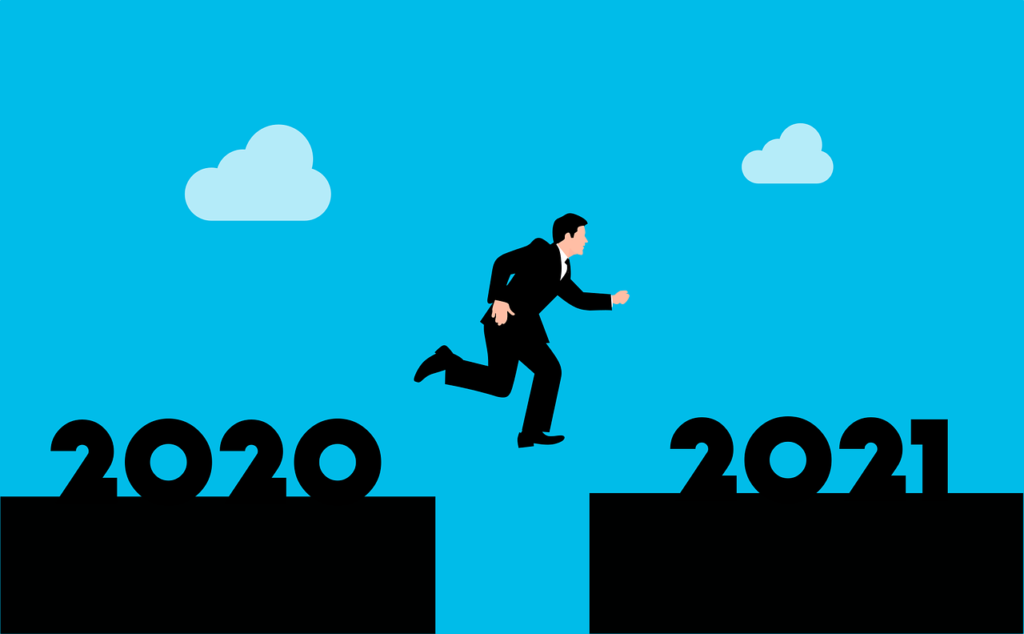In our previous installment of our 5 part series on Innovation Management in State & Local Governments, we spoke to Harnessing the Value of Constituent Ideas. Many innovative ideas come from constituents in the local community or from the state at large. Ideas can come from just about anywhere. The question then becomes, how do you take those ideas, no matter their source, and turn them into innovations for the benefit of the community at large?

With our adapted ISO 56000 definition, innovation is a new or changed product, service, process, model, method, or outcome, that results in the realizing of value for an organization (where value is a cumulative measure of impact, either perceived or actual). To simplify just a bit, to have an innovation one must have something new or different that brings value to more than one person or entity. Innovations that are eventually selected should address opportunities for the community while actively working to reduce risk.

All innovations you plan to implement should be managed within your innovation portfolio. Many people think of an innovation portfolio the same way you look at your retirement portfolio. The idea is to have a mix of higher risk with less risky, short term and long term, lower initial value with high longstanding value innovations, that helps you balance the uncertainty with value maximization over time. Doing this properly, sooner rather than later, all but ensures your ability to create long lasting value for your communities.
No matter if the innovations in your portfolio are created in-house or by external partners, you should expect (and even demand) that value is delivered early, repeatably, and reliably. It is no secret that for State and Local governments to prove-out, create, and implement innovations they rely heavily on organizations in the private sector. This means government organizations should be looking to implement innovation management systems as well as contracting approaches that encourage and enforce higher value delivery as well as continuous improvement. One of our favorite contracting approaches is Results-Driven Contracting.
Over the past few years, we have seen partners use the Harvard Kennedy School Government Performance Lab (GPL) developed, Results-Driven Contracting Continuum.

While the graphic makes the continuum look linear, and just like innovation management systems, the process is cyclical. This means it is easy to integrate an ISO 56000 aligned innovation management system (like the ones Ever Evolving Inc helps companies implement!) within your Results-Driven Contracting approach. As your innovation and contracting outcomes improve in tandem, you will find the vision you have for your communities coming to fruition faster with increased value, allowing you to take on new challenges and even more improvements.

Some of our partners have wondered, how would you integrate innovation management into the RFP process? Our friends at the Harvard Kennedy School GPL have a checklist for what makes a Results-Driven RFP (which we have augmented with a few questions of our own to help guide integration with an innovation management system):
- A clear problem statement with defined outcome goals: What are you trying to achieve with this program? In what ways do you want to modify the status quo?
- What is your innovation management vision and scope and how does this program align with it?
- A defined target population: Who are the intended recipients of this program? What are their needs?
- Do you have the systems/processes in place to collect and assess spoken and unspoken needs?
- A scope of work that invites innovation: How does the RFP create space for vendors to propose solutions that will help achieve the outcome goals?
- Do you have a framework for performing a gap analysis, followed by the identification, and engagement, of potential innovation partners and the governance of their interaction as described in ISO 56003 Tools and methods for innovation partnership?
- Performance metrics and a plan for managing performance during the contract term: How will you measure whether the procured program or service is making progress toward the goal?
- What metrics from this program demonstrate improvement of value for your innovation portfolio?
- A purposeful evaluation and selection process: How does the vendor selection process elevate the proposals most likely to achieve the stated outcome goals?
- Have you implemented the needed governance structures as described by ISO 56003?
- Aligned incentives: Where appropriate, how does the contract payment structure encourage the vendor to achieve the stated outcome goals?
- What rewards systems have you implemented to encourage innovation both internally and externally (financial, non-financial, recognition)?
For additional information on how to implement innovation management in your organization, contact us at info@everevolving.biz.